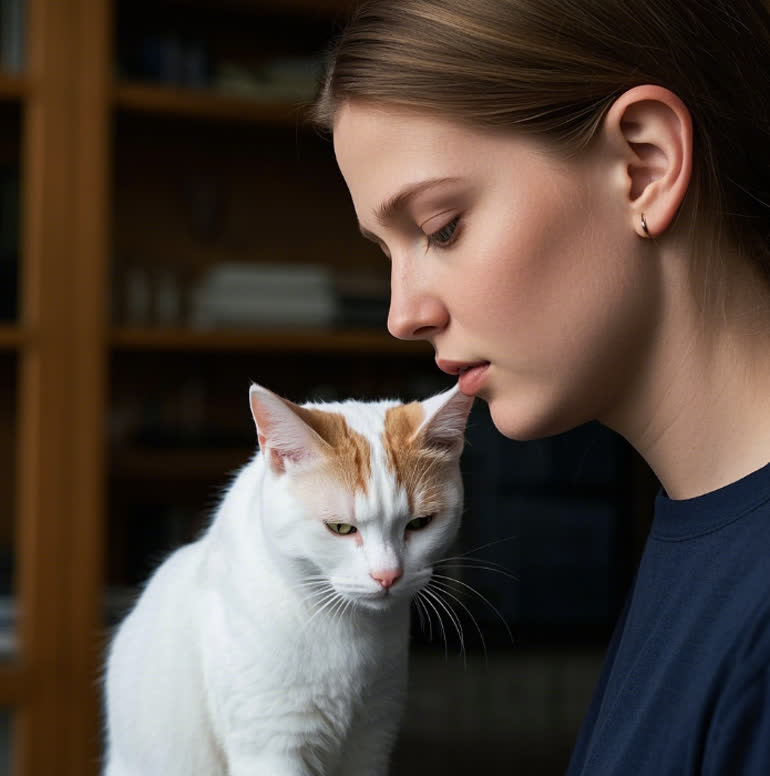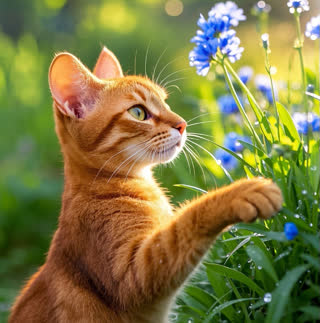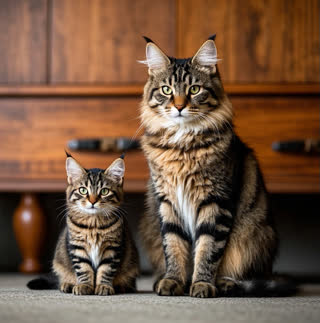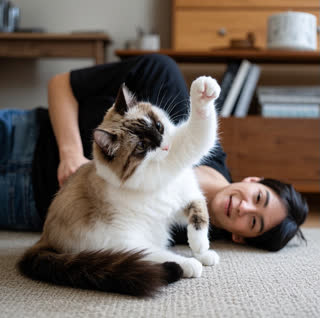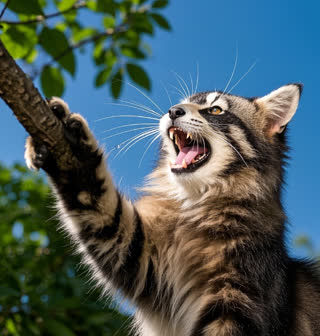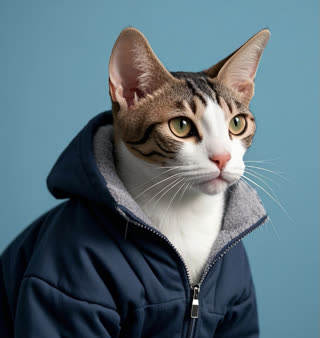Have you ever noticed your cat acting differently after knocking over a vase or scratching the furniture? While cats may not offer verbal apologies, their behavior is rich with subtle cues that reveal their emotions—including remorse. In this guide, we’ll explore cat apology signs and delve into the broader world of feline behavior cues, helping you build a stronger bond with your furry friend while boosting your website’s SEO for these keywords.
What Do Cats Communicate Through Their Behavior?
Cats are masters of nonverbal communication. From tail flicks to ear positions, their bodies speak volumes about their mood. Unlike dogs, who often wear their hearts on their sleeves, cats rely on nuanced signals to express themselves. For instance, a cat that’s accidentally scratched you might later approach with a lowered head, flattened ears, or a gentle nuzzle—signs of apology. Recognizing these cues not only deepens your relationship but also helps you address their needs effectively.
Decoding Key Feline Behavior Cues
1. Body Posture: Open vs. Closed
A cat’s posture is a window into their comfort level. An open posture—relaxed body, stretched legs, and a loose tail—signals confidence and contentment. Conversely, a closed posture (hunched shoulders, tucked tail, or crouching) indicates fear, anxiety, or submission. If your cat avoids eye contact and hides after misbehaving, they might be apologizing through their body language.
2. Tail Movements: The Silent Speaker
A high, vertical tail often means your cat is happy and open to interaction. However, a puffed-up tail with hair standing on end (piloerection) signals fear or aggression. A slow, deliberate wag might indicate irritation, while a flicking tail could mean they’re feeling playful or annoyed. If your cat approaches you with a low, twitching tail after a mishap, it’s their way of saying, “I’m sorry—let’s make up.”
3. Ear Positions: Direction Matters
Ears facing forward suggest curiosity or alertness, while ears flattened against the head signal fear or submission. If your cat’s ears are slightly turned back but not pinned, they might be feeling uncertain or apologetic. Pair this with a soft meow or a gentle rub against your leg, and you’ve got a classic apology scenario.
4. Vocalizations: Beyond the Meow
Cats use a range of sounds to communicate. A soft, trilling meow is often a greeting, while a loud yowl might indicate discomfort. A purr usually means contentment, but it can also be a self-soothing mechanism when they’re stressed. If your cat approaches you with a quiet purr and a head bump after misbehaving, they’re likely seeking reassurance and forgiveness.
Do Cats Actually Apologize?
While cats don’t experience guilt in the human sense, they do recognize cause and effect. For example, if your cat knocks over a plant and you react with frustration, they may associate their action with your reaction. Over time, they might modify their behavior to avoid upsetting you. This adjustment—paired with submissive body language like crouching or avoiding eye contact—can resemble an apology.
A study from the University of Messina found that cats living closely with humans mirror their routines, including sleep and eating patterns. This mimicry extends to emotional responses: if you’re calm and affectionate, your cat is more likely to reciprocate. So, when your cat offers a “silent apology,” they’re not just reacting to past behavior—they’re also seeking to maintain harmony in your shared environment.
How to Respond to Your Cat’s Apology
When your cat displays apologetic behavior, it’s essential to reinforce positive interactions. Instead of scolding, offer a gentle pet or a treat. This teaches them that calm, affectionate behavior leads to rewards. Creating a safe space with perches, toys, and hiding spots can also reduce stress and prevent misbehavior in the first place.
Common Misconceptions About Cat Behavior
Myth #1: “Cats don’t care about their owners.”
Reality: Cats form strong bonds with humans and often seek comfort from them. Their independence doesn’t equate to indifference.
Reality: Cats form strong bonds with humans and often seek comfort from them. Their independence doesn’t equate to indifference.
Myth #2: “Aggression is always a sign of meanness.”
Reality: Cats may lash out due to fear, pain, or territorial instincts. Understanding the root cause is key to addressing the behavior.
Reality: Cats may lash out due to fear, pain, or territorial instincts. Understanding the root cause is key to addressing the behavior.
Enhancing Your Bond Through Behavior Cues
By learning to read your cat’s signals, you can anticipate their needs and prevent conflicts. For example, if your cat’s tail starts flicking rapidly during play, it’s a sign they’re overstimulated. Pausing the game and offering a toy instead can redirect their energy positively. Consistency in routines and positive reinforcement will help your cat feel secure and more likely to express themselves openly.
Conclusion
Understanding feline behavior cues and cat apology signs is a journey that deepens your connection with your cat while positioning your content as a valuable resource for pet owners. By addressing common questions and providing actionable insights, you’ll not only improve your SEO but also build trust with your audience. Remember, every tail flick and head bump is a chance to strengthen your bond—so keep observing, learning, and loving your feline companion!
For more tips on cat behavior and care, explore our guides on creating a cat-friendly home and decoding feline body language.
